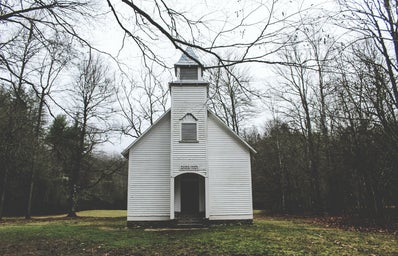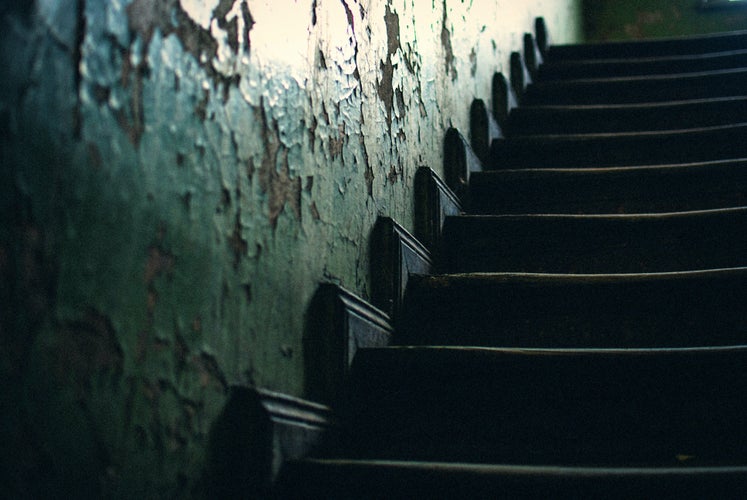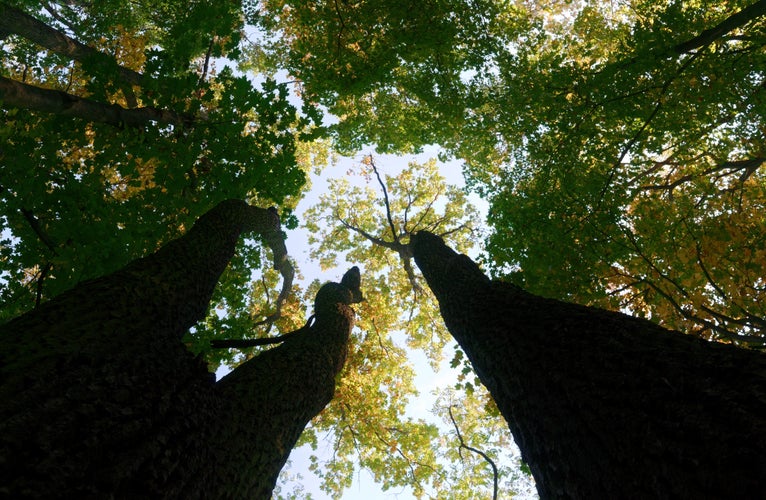On Sanderson Plantation, 180 miles west of Central Florida, Josephine Anderson slipped into her blue wedding dress and headed to the courthouse to get married to Willie Jones. Overlooking the traditional method of marriage for enslaved people in the 1800s: jumping over a broom to “seal” the marriage and bring in good luck, Anderson still remembers that day as the happiest of her life.
The broom kept the “hants” away. Every bristle on the stick had to be counted by the “witch” before it could enter where it was going. On a land where memory would seep deep into the trapped soil, Anderson recalls the first time she encountered a spirit or haunt. “First time I ever knew a ‘hant’ to come into our quarters was
when I was just big enough to go out to parties. The game that we used to play was, Spin the Plate,” Anderson said. She met a “strange,” charming man that night at the party named Richard Green. Once the game started and it was Anderson’s turn, she called out “Mister Green!” and moments later he fell to the floor– later to be determined deceased.
“They say the place was haunted. And if you look through the window any dark night you could see a man in there spinnin’ the plate,” Anderson said.
Variations of Anderson’s account of lingering spirits on plantations have been told through the perspectives of other slaves witnessing it first-hand. And as these plantations still exist today, the solemn sentiments are still powerfully felt throughout the landscapes. It’s the primary matter of Dawoud Bey’s exhibition, “In This Here Place.”
Bey’s newest exhibition is an exploration of plantations in Louisiana. It’s a testament of his “ongoing examination of African-American history and his efforts to make the Black past resonate in the contemporary moment,” according to the Sean Kelly Gallery.
Of those like Anderson, the Big Oak trees in Bey’s exhibition retains the memory of plantation life and the deep history of African Americans in America. As relevant as these memories are, can historical landscapes like plantations reconstruct physically and the idea of African American livelihood still remain present in moving towards a future that has been fought so hard for? You’re always told to forget and forgive. But where does the ideology lie between history and preparing for the future?
In 2014, the Whitney Plantation opened its doors to the public for the first time in 262 years. The plantation was repositioned as a museum and placed focus on the “lives of enslaved people.” Visitors could explore the restored buildings on a 90-minute walking tour and read monuments about the enslaved people of the Louisiana plantation. On Kingsley Plantation in Jacksonville, Florida, visitors are offered tours, a cotton-picking experience and the opportunity to stand directly in a house made of tabby material.
But are these restored plantations a mockery of true slavery? Or are they connecting one to the history and spirits of the past?
One of the images in the exhibition, Irrigation Ditch, 2019, presents a categorical note of truly attaching memory to the horror-filled acres. As the viewer stares into the marsh and down the narrow stream of water, the gaze is unavoidable. The added structure of the black-and-white style keeps the images muted and underscores the importance of true thought.
Similarly, The Gaze, a 2021 cinematic film by Barry Jenkins, combines muted thought and the representational image of one to also share the memory withheld on plantations. In connection to Jenkins’ 10-part series, The Underground Railroad, characters in the film are “background” actors that are up close and intimately gazing into the lens. The 51-minute film urges viewers to think about those that were “forgotten” along the journey of searching and fighting for freedom.
With Bey’s exhibition capturing the plantation in its un-altered form, we are able to look at these chilling images and consider understanding if these plantations should still exist and be used for gain. Is it a gain in profit or a gain in profoundness, true understanding of history? “‘In This Here Place’ represents a witnessing and rich visual description, evoking the past in now unpopulated landscapes,” according to the Sean Kelly Gallery. The exhibition is currently on view at the gallery until Oct. 23.
For more information about the exhibition, visit here.




